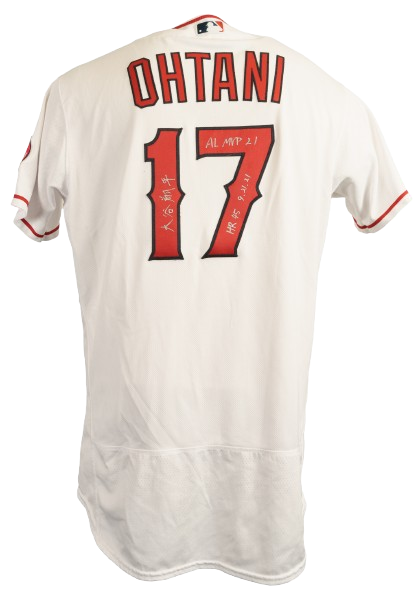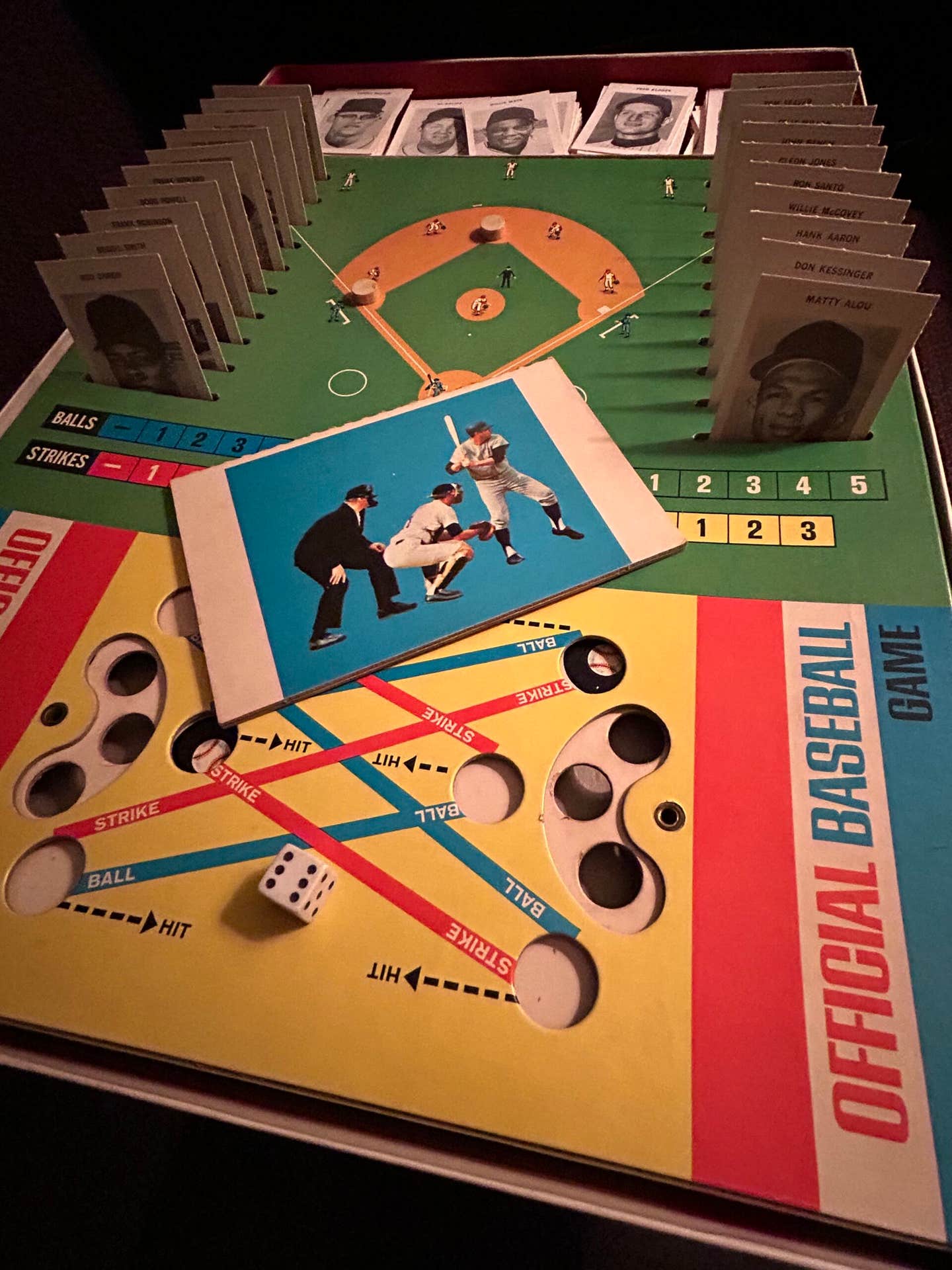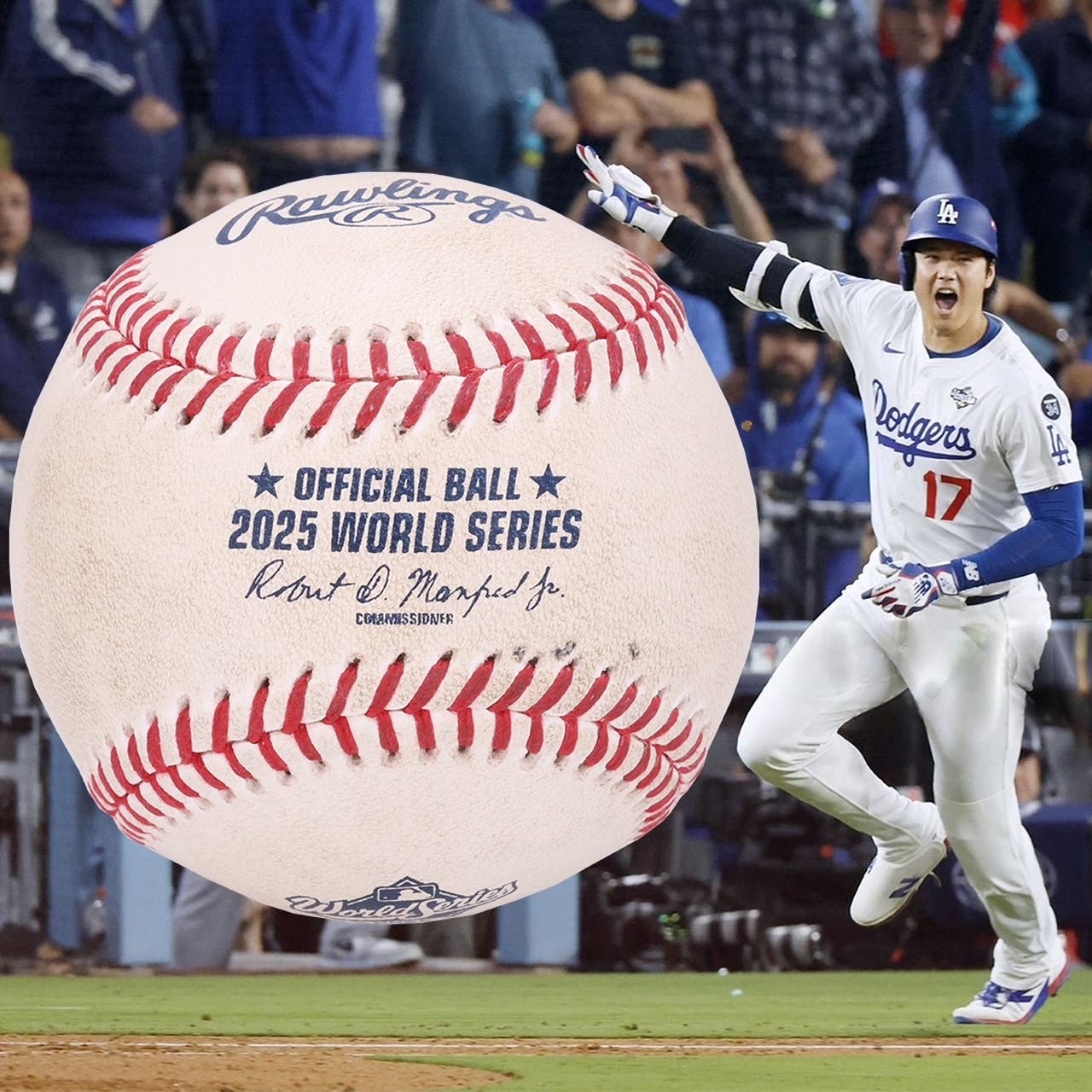Memorabilia
Stadium Memorabilia Market on the Rise
Jason Lunay eased into a recliner in the basement of his suburban Philadelphia home and watched the final ballgame at Yankee Stadium on TV with thoughts of the past dancing around his mind. A lifelong Philadelphia baseball fan, his basement is packed with items that commemorate the history of baseball in Philadelphia with the centerpiece of his collection being a chair from Connie Mack Stadium.
“I’ll never forget when my neighbor and I decided we wanted to take a piece of the stadium home with us,” said Lunay, who took the chair immediately following the final game ever played at Connie Mack Stadium in Oct. of 1970. “Back then, clubs never got involved in selling pieces of the stadium or anything like that. We grew up there and we wanted to have something to call our own. I’ll never forget that day because people brought tools with them and were working all game trying to remove signs and seats. When it was all over, chaos erupted and people were just grabbing anything and everything they could. If this was 30 or 40 years ago, I’m sure fans would have done the same thing at Yankee Stadium.”
Stadium memorabilia has become a booming niche within the sports collectibles industry over the past two decades, beginning with the close of Chicago’s Comiskey Park where the White Sox profited more than a million dollars by selling stadium souvenirs such as signs and chairs. Collectors now seek out signs, pieces of outfield wall, stadium chairs, and even authenticated vials of infield dirt from current and past ballparks throughout the country, as a means to add to their collection and to hold a piece of history.
“Some people collect because they appreciate the history of the game, other people collect because they appreciate the ballpark experience and, in some cases, some people who are into old stuff, antique stuff, and you kind of throw it all together and you have this baseball Americana antique that hits home,” said Richie Aurigemma, who operates www.ColectibleStadiumSeats.com.
Aurigemma, who also collects stadium memorabilia, bought his first seat in the 1990s and has been at the forefront of the stadium memorabilia industry for the past decade. He has amassed an incredible collection of unique items from ballparks of yesteryear, including the Polo Grounds, Crosley Field and Fenway Park.
“Ballpark memorabilia is usually something you will be drawn to because it’s not like a brand new jersey that is made and signed by the player because it looks like what he has worn, instead it’s that actual seat that was there in the park, it’s that fixture that was there when Maris hit his 61st home run. It was there, it was part of history, and there are people like myself who are drawn to that connection,” said Aurigemma.
With Yankee Stadium and Shea Stadium now closed, the stadium memorabilia industry is likely to see its biggest boom yet with artifacts from both stadiums likely to flood the market and reach unprecedented cost levels. Everything from infield grass to lockers in the clubhouse will be on the market by the time the two stadiums come down next year. Some items from Shea Stadium have already been sold to the public, though they likely won’t be disseminated until January.
The Mets put 16,000 pairs of seats up for sale on the team’s website in late August with an $869 price tag that commemorates the two years the Mets won the World Series, 1986 and 1969. A team spokesperson said field-level orange seats and lodge-level blue seats sold out quickly with season ticket holders gobbling them up via a special pre-sale.
“Anything stamped New York or from New York carries a premium,” said Aurigemma. “Up until this point, the Shea Stadium chairs, to my knowledge, were the most expensive chairs ever sold in a stadium sale at $869.”
Under a deal between the city and the Mets, the city gets 70 percent of the profits from Shea Stadium, while the organization will donate the remaining 30 percent to the Mets Foundation, which will distribute the money to local charities. The MeiGray Group is handling the sale of big-ticket items from Shea Stadium.
“There clearly is an interest among our fans and other New Yorkers to own a piece of Shea history,” said New York Mets Executive Vice President of Business Operations Dave Howard. “Our new partnership with MeiGray Group provides fans an easy way to get authentic Shea Stadium memorabilia, and through the support of Major League Baseball’s Authentication Program, we are able to ensure peace of mind for fans and maximum value for collectors by guaranteeing the authenticity of these historic items.”
Thus far, the Mets’ 1986 championship flag sold to a collector for $50,000 while Tom Seaver’s retired No. 41 fetched $25,000. The 1973 National League championship wall banner sold for $5,000 and a giant banner of former manager Gil Hodges brought in $2,500.
“Whether it’s a turnstile from Gate B, an original brick from the old right-field wall, or one of the colorful photos or banners that have hung proudly for so many years, we have something for everyone,” said Barry Meisel, President and Chief Operating Officer of the MeiGray Group. “We are proud to partner with the Mets to honor this great New York landmark.”
As for Yankee Stadium, details of a specific sale or auction have not yet been released. The organization is still negotiating with the city of New York to determine how the profits will be divided because the city owns the ballparks and city regulations prevent either from being imploded. Steiner Sports, already with an exclusive contract with the Yankees for autographed and game-used memorabilia, is expected to sell the items. For perspective, a pair of seats is expected to cost upwards of $2,000.
“Collectors are out there chomping at the bit to try and obtain some of these (ballpark) items,” said Mike Heffner, president of Lelands auction house in South Dennis, Mass. “Yankee Stadium really is the holy grail when it comes to stadiums and people are looking forward to turnstiles going on sale and things like the facade. Everything right down to the bricks and dirt are desirable.
“Yankee Stadium should bring in a multiple of what Shea Stadium brings because of the popularity of the Yankees and the history surrounding the ballpark. It depends on what is included in the auction, but I would see no problem in putting together an auction that would bring anywhere from $10 to nearly $20 million dollars from Yankee Stadium and I could see from Shea Stadium an auction that could bring in maybe three to five million dollars.”
Other teams have held memorabilia sales in recent years as they have moved into new ballparks. Tiger Stadium seats sold for $279 a pair last year and Cardinals’ fans spent nearly $1 million in 2005 to purchase artifacts of Busch Stadium after it closed.
“I think Yankee Stadium will just blow everybody’s mind with the prices that will be obtained for things like Derek Jeter’s locker and some of the other items. Is it worth double, triple, and quadruple, what the other stadiums raised? It’s anyone’s guess has to how much more its worth, but it certainly is worth a lot more,” said Heffner.
Christopher Bogiages, a lifelong Yankees fan who lives in Myrtle Beach, S.C., hopes to one day pass his family tradition of being a Yankees fan on to his son who is just shy of two-years-old. For him, introducing a piece of Yankee Stadium to his family as an heirloom is the perfect choice.
“I was born a Yankee fan and my family is from north New Jersey and I’ve been to Yankee Stadium every year of my life since I was young,” Bogiages said. “I definitely want to get a pair of seats, that is No. 1 on my list and I’d be willing to pay near $2,000 for a pair, but I’m not going to pay, say, $100 for a brick. I want something that actually brings back the memory of being in the place. Figure, for $2,000, those seats are going to be in my family forever now and, you figure, if they last for 20 years with my family then I’ve rented them for $10 a year and I think that is pretty good – I don’t mind that at all.”
Collecting stadium memorabilia isn’t something that just fans and collectors partake. Former catcher and current Yankees manager Joe Girardi has the home plates used for Dwight Gooden’s no-hitter in 1996 and David Cone’s perfect game in 1999, both games he caught. Johnny Damon expressed interest in a Yankee Stadium foul pole and Andy Pettitte, Hideki Matsui and many others throughout Major League Baseball requested seats.
“As things happen in life, if they are significant, people want to hold on to those moments,” said Brandon Steiner, founder and CEO of Steiner Sports. “With Yankee Stadium, there are so many different moments that people can connect to and a lot of history, it really is a one of a kind.”
The Baseball Hall of Fame in Cooperstown has already received several items from the final series at Yankee Stadium, including the cleats Jose Molina wore when he hit the final home run in Stadium history, a game-used Derek Jeter bat, and the bat Johnny Damon used to hit a three-run home run off Baltimore’s Chris Waters in the third inning of the final game. Coincidentally, the bat Jeter used belonged to teammate Xavier Nady and had Nady’s name etched on the barrel.
“I think fans have always wanted this material, it was just never available to them,” Heffner said. “Now there is a huge awareness of the fact that collectors want this stuff and that this stuff is worth a lot of money. The teams in Major League Baseball have become much more aware of the collectibles market and the fact that fans will really pay for these teams and pieces of the stadiums. It’s not like the old days, 15 years ago or 20 ago, when a few select pieces would be taken out of stadiums.”








